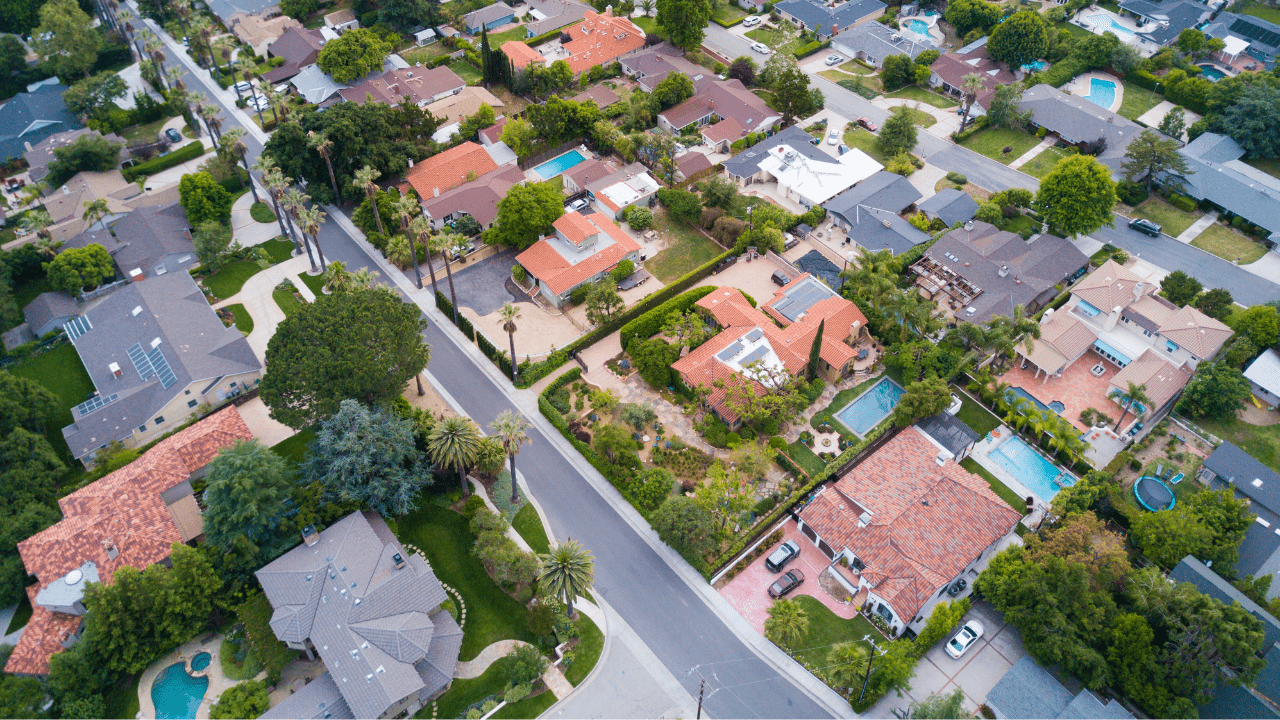Individuals across the country chasing the American dream of homeownership helped to push mortgage-application volume up by 2.5% for the week ending April 29, compared with the prior week. We hope you enjoyed last week’s edition where we talked about FHFA Gets Blowback On Proposed Liquidity Requirements. This week we’re bringing you:
Fannie Mae, the government-sponsored enterprise that backs the majority of conventional mortgages, is not immune to the sharp decline in mortgage refinances.
The enterprise reported $7.5 billion in first quarter revenue, a $700 million jump from 2021. But net income income was down 12% from nearly $5 billion first quarter 2021, to $4.4 billion this quarter. Fannie Mae’s net worth is now $51.8 billion, up from $47.4 billion at the end of last year.
Fannie Mae’s net income decrease was mainly due to the expense of managing credit risk on mortgage loans. That’s because as fixed-term mortgage rates rise, borrowers are less likely to prepay, or refinance, their mortgages. And, as mortgage terms lengthen, so too does the cost of possible loan impairment or credit loss.
Provisions for those eventualities amounted to a reduction of $1 billion from the $765 million in credit-related income generated in the first quarter of 2021. Fannie Mae reported a $240 million loss in credit-related income for the first three months of 2022.
These credit-related expenses were at least partly offset by rising home prices.
Continued home price growth, which Fannie Mae predicts will decelerate from 19% year-over-year in 2021, to around 11% in 2022, increases borrowers equity. That increase can reduce the risk of loan impairment — since borrowers with more equity are less likely to default — and lead to new cash-out refis for even higher principal amounts. Increasing home prices also adds to the amount Fannie Mae can recover from the underlying property in a foreclosure sale.
Total construction spending continues to roar ahead of its 2021 pace, led again in March by another double digit increase in the residential component. The U.S. Census Bureau says the investment in all types of construction was at a seasonally adjusted rate of $1.731 trillion in March, an 0.1 percent gain compared to February and up 11.7 percent year-over-year. So far in 2022 there has been a total of $376.337 billion spent, 12.0 percent growth compared to the first three months of last year.
Spending in the private sector increased 0.2 percent from February to March at an annual rate of $1.380 trillion. The residential share of that spending rose 1.0 percent month-over-month compared to a gain of 0.7 percent in February. The annual rate in March was $88.045 billion, up 18.4 percent compared to March 2021. The non-residential component fell 1.2 percent from the prior month but is still 8.5 percent higher than in March 2021.
Na Zhao, an analyst for the National Association of Home Builders (NAHB) said the monthly growth in residential spending came from new single-family construction at $472.6 billion a 1.3 percent increase from February and 18.5 percent year over year while multifamily spending slipped 0.5 percent. Spending on home improvements also rose 1.1 percent for the month.
Individuals across the country chasing the American dream of homeownership helped to push Mortgage Apps Jump 2.5% for the week ending April 29, compared with the prior week.
The uptick, as measured by the Mortgage Bankers Association‘s (MBA’s) Market Composite Index, was propelled primarily by purchase-application activity, as rates remain elevated, hovering in the low 5% range and drag on refinancing volume.
The seasonally adjusted purchase index rose 4.1% from the prior week, fueled by increased conventional, Federal Housing Administration (FHA), and Veterans Affairs (VA) loan-application volume. That’s a good sign for the spring homebuying season, which has seen a slow start, according to the MBA. Meanwhile, refinance applications increased by only 0.17% from the prior week.
Compared to a year ago, overall applications declined by 49.7%. Interest in purchases fell 10.9%, while refinances dropped 70.7% from the prior period.
“Treasury yields eased slightly last week but remained close to 2018 highs, as financial markets await the news from the Federal Reserve on its latest plans for rate hikes and reducing its balance sheet holdings,” Joel Kan, MBA’s associate vice president of economic and industry forecasting, said in a statement.
According to the MBA, the average contract interest rate for 30-year fixed-rate mortgages with conforming loan balances ($647,200 or less) decreased to 5.36% this week, down from 5.37% the previous week, but still 2 percentage points higher than a year earlier. The average contract interest rate for 30-year fixed-rate mortgages with jumbo-loan balances (greater than $647,200) jumped to 4.92 percent, up from 4.89 percent the prior week.
Finding highly affordable leads to keep sales coming in
At iLeads, we have many great solutions for mortgage LO’s at a low cost. If you’d like to see how we can help you bring in consistent sales for a great price, give us a call at (877) 245-3237!
We’re free and are taking phone-calls from 7AM to 5PM PST, Monday through Friday.
You can also schedule a call here.





